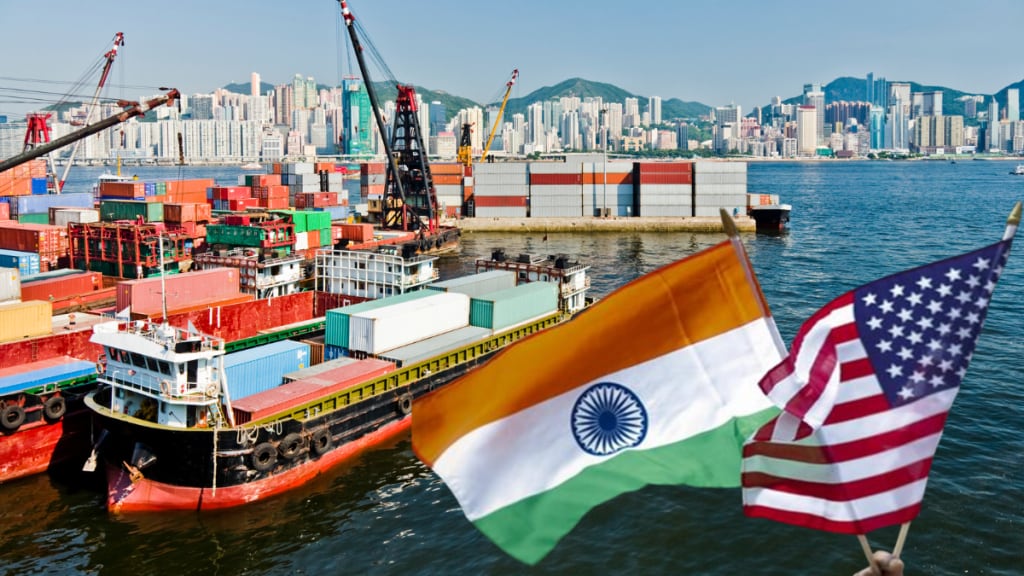Amid the buzz of India signing an initial free trade agreement any time soon, the Confederation of Indian Industry’s new president Rajiv Memani on Thursday said the first phase of the bilateral trade agreement (BTA) may leave out sensitive areas to be addressed in the subsequent tranches.
Speaking about India’s growth prospects, he said the economy may expand between 6.4% and 6.7% in FY26 and suggested the next phase of goods and services tax (GST) reforms include a three-tier tax rate structure with rates of 5%, 28%, and a rate between 12% and 18%.
The much-expected India-US BTA is “very close,” the US treasury Secretary Scott Bessent said on Tuesday, even as a visiting Indian team of negotiators remained engaged with their US counterparts in Washington for hammering out an interim deal, ahead of the July 9 deadline set by President Donald Trump for imposition of higher tariffs.
“(We are expecting a) balanced, reasonable FTA which will be done in tranches… Those areas which are more tricky, which require more consultation, have greater political ramifications, maybe dealt with later on,” said Memani.
India is pushing for greater access to the labour-intensive exports and ensuring that any deal on the agriculture sector has sufficient safeguards for the farmers in India.
“I do know that the level of preparation that the Ministry of Commerce has done, and the engagement that they have had with industry, the engagement that they have had with various industries… I feel very confident that the challenges that Indian industry, and particularly some sectors mentioned, agriculture… those will be adequately addressed,” he said.
Even though the industry has raised issues and concerns, in all these things, there are no 100% winners, Memani said.
Commenting on reports of Foxconn Technology Group asking Chinese engineers and technicians to return home from its iPhone plant in India, Memani said that “when a Quad (India, Australia, Japan and US) meeting is happening, there is some action that we see from some countries, and there are messages in a way”.
With China restricting exports of rare earth magnets, which is impacting India’s auto and electronics sectors, the CII president said it was a matter of concern and there was a need to look at areas where India has “critical supply chain dependencies”.
On GST 2.0, he suggested adoption of a simple three-tiered GST rate structure: essential items at 5 %, luxury and sin goods at 28% and all other items at a single rate between 12 and 18 %. The CII also suggested bringing petroleum, electricity, real estate and potable alcohol under GST. The GST Council is likely to meet later this month.


